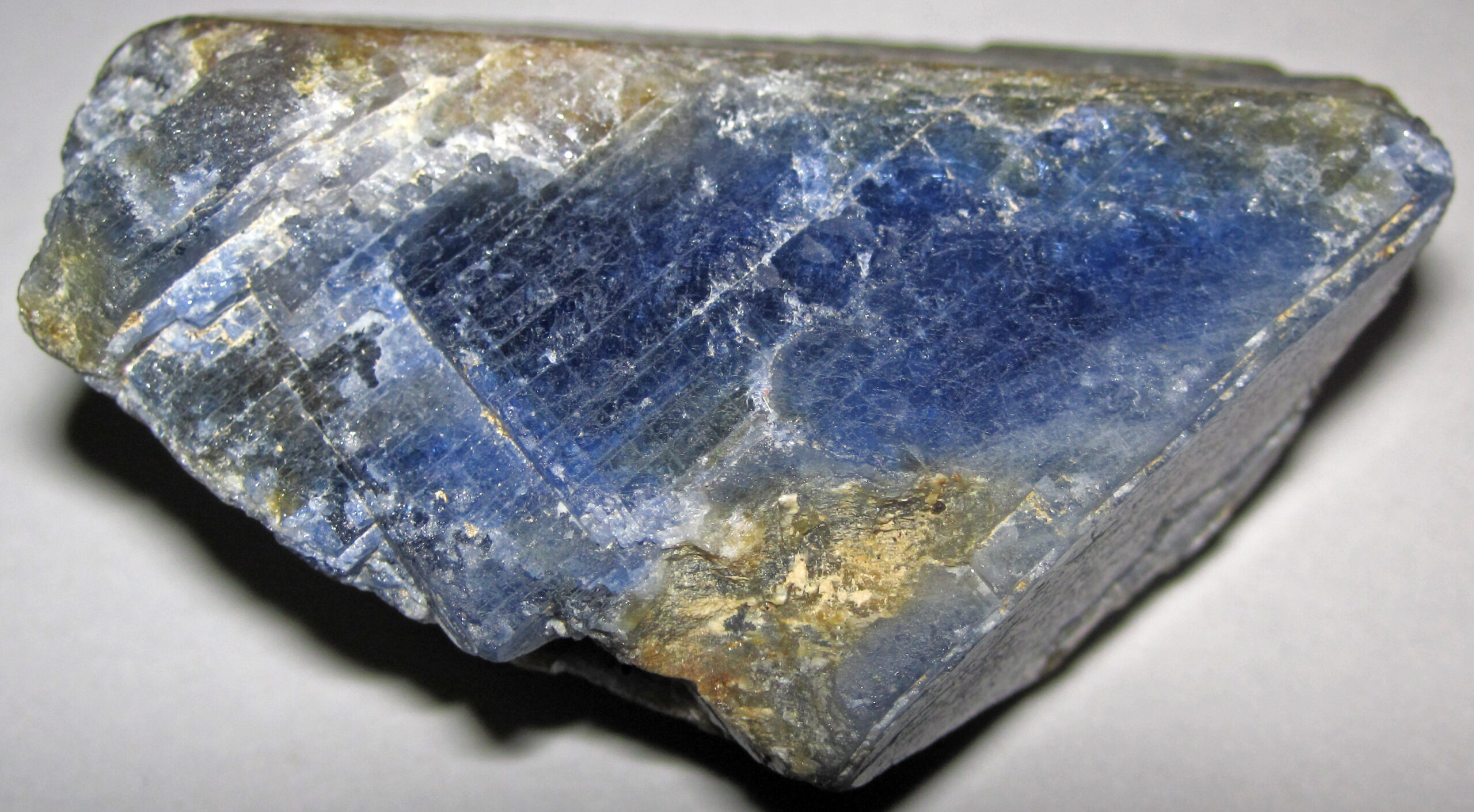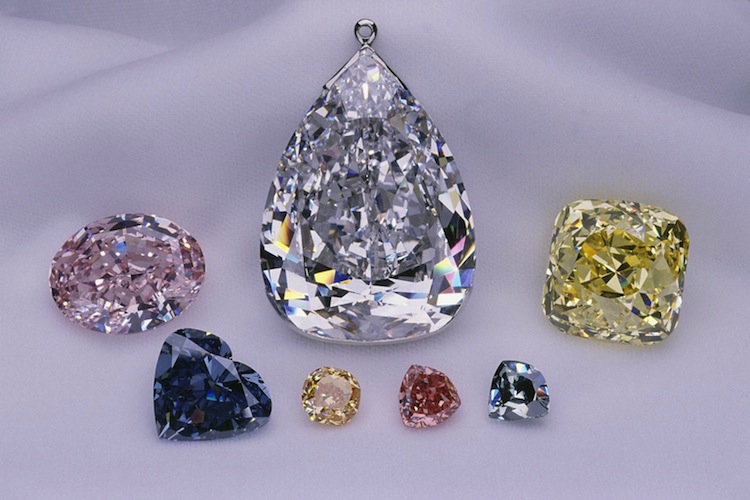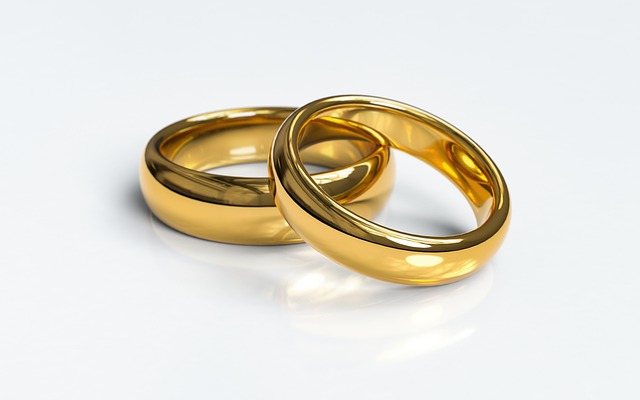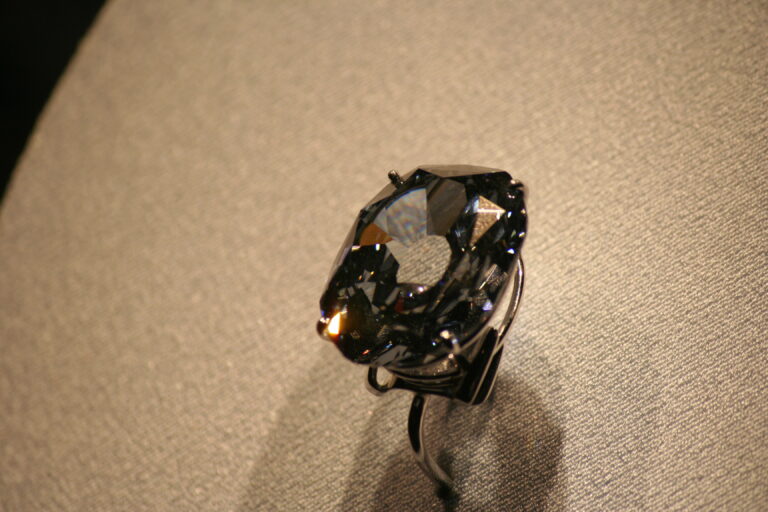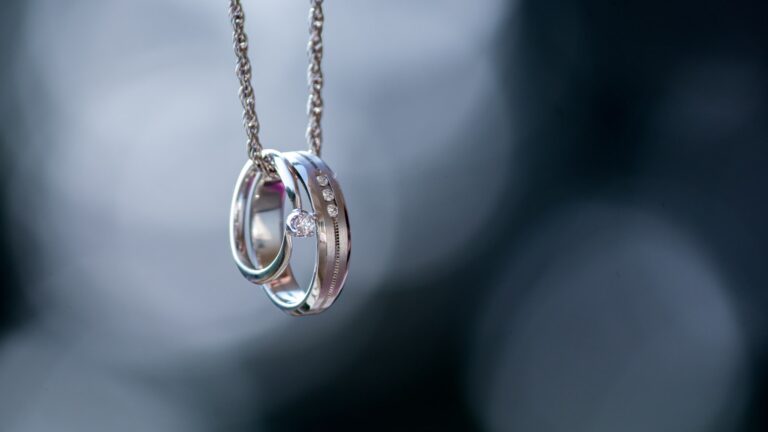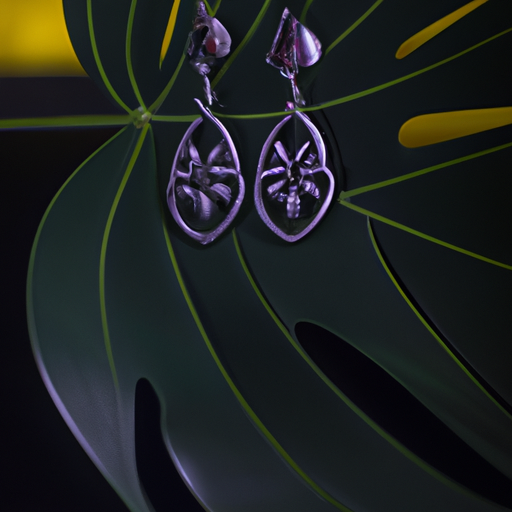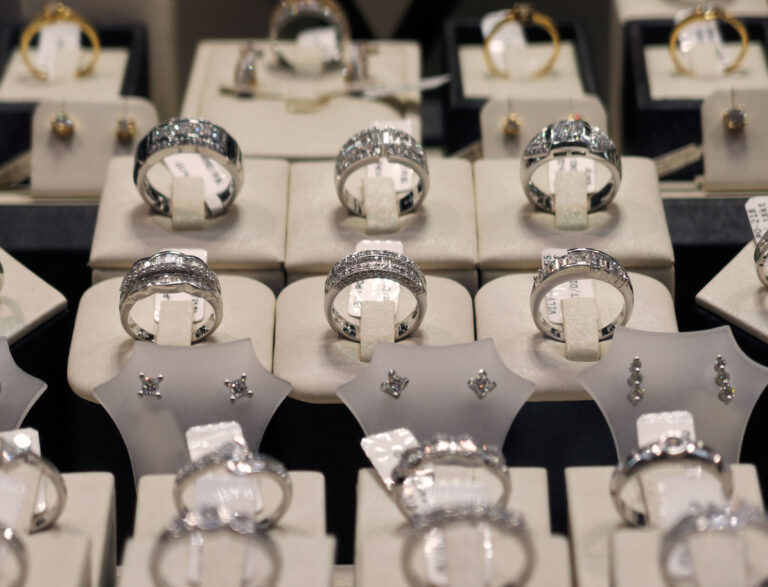Is a Sapphire Better Than a Diamond
Sapphires vs. diamonds – it’s a showdown between two sparkling gemstones. In the quest for the perfect piece of jewelry, choosing between these two beauties can be overwhelming. The big question is: is a sapphire better than a diamond? We’ve got the scoop. So, put on your gemstone goggles and let’s dive into the shimmering world of these precious stones to uncover the truth behind their dazzling allure.
Table of Contents
- Comparing the Allure: A Sapphire versus a Diamond
- Durability and Longevity: Evaluating the Resilience of Sapphires and Diamonds
- The Sparkle Factor: Examining the Brilliance of Sapphires and Diamonds
- Value for Money: Decoding the Price and Rarity of Sapphires and Diamonds
- Choosing the Perfect Gemstone: Factors to Consider when Making a Decision
- FAQs
- The Conclusion
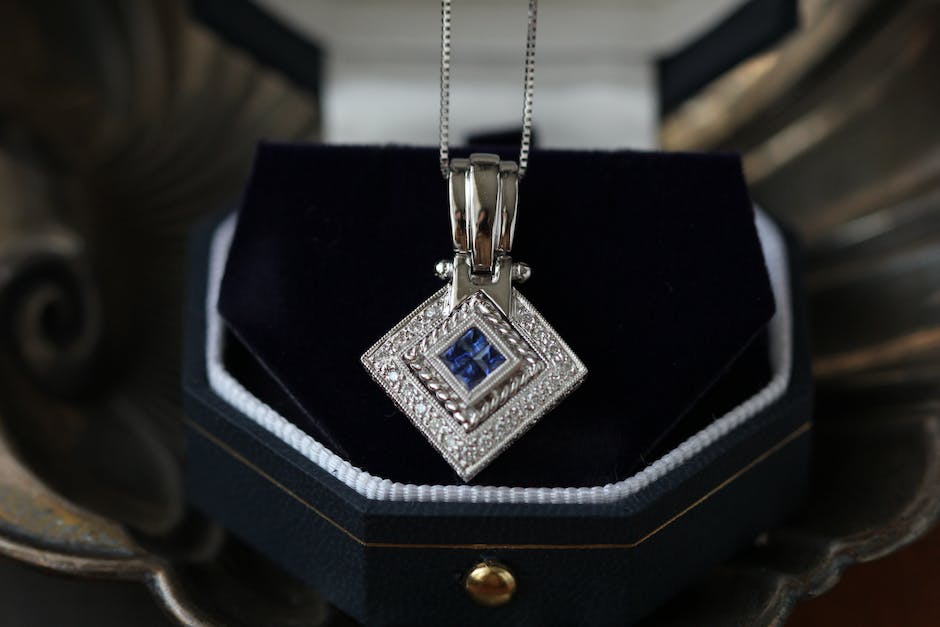
Comparing the Allure: A Sapphire versus a Diamond
When it comes to choosing a precious gemstone for a piece of jewelry, sapphires and diamonds are two of the most popular options. Let’s explore the distinguishing characteristics of these captivating gems and understand what sets them apart.
Sapphire
Sapphires, with their rich, velvety hues, exude a timeless elegance. Here’s why they stand out:
- Vibrant Colors: Sapphires are known for their mesmerizing shades of blue, but they also come in other colors like pink, yellow, and green.
- Symbol of Royalty: Historically associated with nobility and wisdom, sapphires have an air of prestige and luxury.
- Durability: With a Mohs scale rating of 9, sapphires are incredibly durable gemstones, making them perfect for daily wear.
Diamond
Diamonds, renowned for their brilliance and sparkle, have their own allure that captures hearts worldwide. Here are some key features of diamonds:
- Unmatched Luminosity: Diamonds reflect light exceptionally well, creating a dazzling display of radiant sparkle.
- Eternal Symbol of Love: Long associated with everlasting love, diamonds have become an emblem of commitment and romance.
- Hardest Substance: Ranking a perfect 10 on the Mohs scale, diamonds are the hardest naturally occurring substance known to man.
Durability and Longevity: Evaluating the Resilience of Sapphires and Diamonds
Sapphires and diamonds are two of nature’s most enduring gemstones, famed for their exceptional durability and longevity. When it comes to evaluating their resilience, several factors come into play. Let’s delve into the key aspects that make sapphires and diamonds prized for their steadfastness.
1. Hardness: Both sapphires and diamonds rank high on the Mohs scale of mineral hardness. Diamonds occupy the top spot with a perfect 10, making them the hardest known gemstone. Sapphires, on the other hand, secure a sturdy 9, challenging even the toughest materials. This remarkable hardness ensures that both gems can withstand scratches and daily wear and tear, preserving their pristine appearance for ages.
2. Chemical Resistance: Sapphires and diamonds possess excellent resistance to chemicals, making them highly resilient against potential damage. These gemstones are impervious to most acids and common household substances, such as detergents and cosmetics, allowing them to retain their luster and brilliance over time. Whether it’s exposure to everyday substances or accidental spills, sapphires and diamonds prove to be reliable companions, maintaining their allure without fading or dulling.
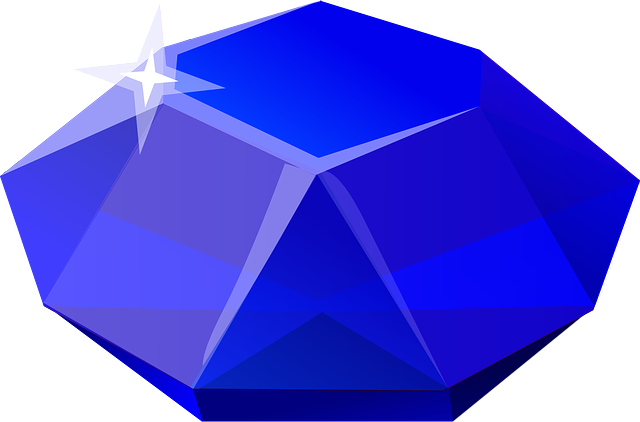
The Sparkle Factor: Examining the Brilliance of Sapphires and Diamonds
Sapphires and diamonds are two stunning gemstones that possess a remarkable brilliance and allure. The beauty they radiate is truly mesmerizing, catching the eye of anyone who beholds them.
When it comes to sapphires, their sparkle is characterized by their intense and vibrant color variations, ranging from deep blue hues to striking yellows and pinks. These gemstones have a unique ability to refract and disperse light, giving them a brilliant shimmer that is difficult to resist. Sapphires also have an excellent hardness, ranking just below diamonds on the Mohs scale. This makes them exceptionally durable, perfect for everyday wear and cherished for generations. Whether set in an elegant ring or adorning a pendant, sapphires are sure to captivate with their unmatched sparkle.
On the other hand, diamonds have long been revered as the epitome of brilliance and elegance. Their scintillating sparkle is legendary, with each facet reflecting and refracting light in a mesmerizing manner. The fire and brilliance of a diamond are determined by its cut, clarity, color, and carat weight. When these factors align perfectly, the diamond’s sparkle is truly unrivaled. Diamonds also possess outstanding durability, ranking as the hardest substance known to man. This makes them a symbol of everlasting love and devotion, often used in engagement rings. With their unparalleled sparkle, diamonds never fail to make a statement that lasts a lifetime.
In conclusion, the sparkle factor of sapphires and diamonds is a testament to their breathtaking beauty. From the vibrant hues of sapphires to the legendary brilliance of diamonds, these gemstones have the power to captivate and enchant. Whether you choose the deep blue allure of a sapphire or the timeless sparkle of a diamond, both gemstones possess a radiance that is simply irresistible. Allow their brilliance to add a touch of glamour to your life and make a lasting impression wherever you go.
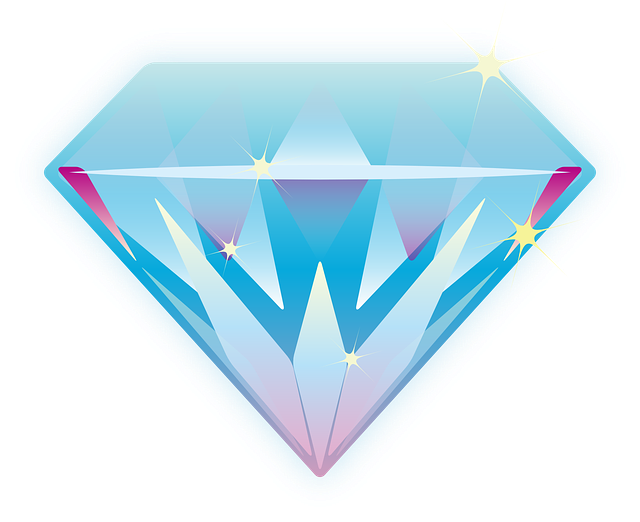
Value for Money: Decoding the Price and Rarity of Sapphires and Diamonds
When it comes to purchasing gemstones, understanding their value for money is crucial. This is especially true for sapphires and diamonds, two of the most sought-after and prized gemstones in the world. In this article, we delve into the fascinating realm of gemstone pricing, rarity, and the factors that influence their worth.
Sapphires, with their mesmerizing hues of blue, are known for their affordability compared to diamonds, making them an excellent choice for those looking for a more budget-friendly option. However, their value is not solely determined by their color. Other factors, such as carat weight, cut, clarity, and origin, play a significant role. The Kashmir variety, renowned for its rich velvety blue color, is exceedingly rare and therefore commands a high price. On the other hand, diamonds, with their unrivaled brilliance and timeless appeal, are often associated with luxury and prestige. Their value is determined by the famous 4Cs: carat weight, cut, color, and clarity. Additionally, factors like the presence of fluorescence, shape, and diamond certification also impact their price. While both sapphires and diamonds offer value for money, it’s essential to consider these factors when making a purchase decision.
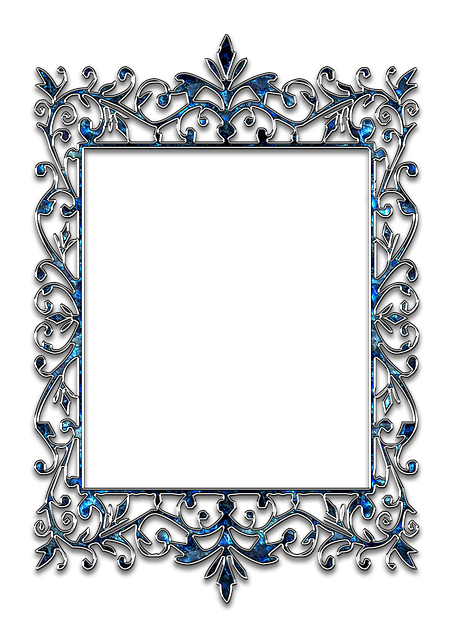
Choosing the Perfect Gemstone: Factors to Consider when Making a Decision
When it comes to choosing the perfect gemstone for your collection or jewelry piece, there are several important factors to consider before making a decision. Each gemstone possesses unique characteristics that make it appealing, so it’s crucial to understand these factors to find the gemstone that truly suits your preferences and needs.
Firstly, consider the gemstone’s type. There is a vast variety of gemstones available, from classic diamonds to vibrant emeralds and royal sapphires. Research each gemstone’s properties, such as hardness, color, and transparency, to determine which type aligns with your desired aesthetics and durability. Keep in mind that each gemstone has its own strengths and weaknesses, so it’s essential to choose one that fits your lifestyle and intended purpose.
- Examine the color:
- Consider your personal taste and style when selecting a gemstone color. Choose between traditional hues like red, blue, or green, or explore more unique shades that align with your personality.
- Keep in mind that certain gemstones, such as diamonds, can come in a spectrum of colors, while others have dominant hues like emeralds’ intense green or sapphires’ rich blue.
- Evaluate the clarity and transparency:
- Take into account the gemstone’s level of clarity, which refers to its visual purity. Some gemstones, like diamonds, are highly prized for their flawless clarity, while others, such as opals, may have unique inclusions or patterns that add to their allure.
- Additionally, transparency is an important factor to consider. While some gemstones, like diamonds or sapphires, boast exceptional transparency, others, such as turquoise or moonstone, have a more opaque appearance.
- Assess the durability and hardness:
- Gemstones vary in terms of durability and hardness, so take into account their resistance to scratching and overall durability. For instance, diamonds are the hardest gemstone, making them ideal for daily wear and longevity, while others, like opals, require more delicate care.
- Consider the gemstone’s hardness on the Mohs scale, which ranks minerals from 1 (softest) to 10 (hardest). This will help determine if the gemstone is suitable for your intended use and lifestyle.
FAQs
Q: What is the difference between a sapphire and a diamond?
A: A sapphire is a type of gemstone while a diamond is another. They differ in terms of composition, color, and durability.
Q: Which gemstone is more expensive, a sapphire or a diamond?
A: Generally, diamonds are more expensive than sapphires. However, the price depends on various factors like size, quality, and color.
Q: Which gemstone is more durable, a sapphire or a diamond?
A: Diamonds are the hardest gemstone on the Mohs scale, making them highly durable. While sapphires are also durable, diamonds are tougher and more resistant to scratching.
Q: Are sapphires more versatile in terms of color compared to diamonds?
A: Yes, sapphires are available in various colors such as blue, yellow, pink, orange, and green. Diamonds, on the other hand, are usually colorless or have a slight yellow tint.
Q: Which gemstone is more popular for engagement rings, sapphires or diamonds?
A: Diamonds have traditionally been the go-to choice for engagement rings. However, sapphires, particularly blue ones, have gained popularity in recent times due to their uniqueness and symbolism.
Q: Can a sapphire be a suitable alternative to a diamond for an engagement ring?
A: Absolutely! Many people choose sapphires as an alternative to diamonds due to their beauty, durability, and affordability.
Q: Do sapphires have any specific meaning or symbolism?
A: Sapphires often symbolize loyalty, sincerity, and trust, making them a meaningful choice for significant occasions like engagements or anniversaries.
Q: Are sapphires considered valuable gemstones?
A: Yes, sapphires are considered valuable gemstones, especially those of high quality, rarity, and based on factors like color, clarity, and carat weight.
Q: Can a sapphire be worth more than a diamond?
A: In some cases, yes. A rare, high-quality sapphire can exceed the value of a lower-quality diamond. However, in general, diamonds tend to be more valuable and sought after.
Q: Which gemstone should I choose: a sapphire or a diamond?
A: Ultimately, the choice depends on your personal preferences, budget, and the significance you attach to each gemstone. Both sapphires and diamonds are beautiful options, so consider your own style and meaning behind the stone to make the decision.
To Wrap It Up
In conclusion, when it comes to choosing between a sapphire and a diamond, it all boils down to personal preference. Both gemstones have their unique qualities and charm. While diamonds are renowned for their brilliance and durability, sapphires mesmerize with their vibrant colors and symbolic meaning. Ultimately, the decision should be based on what resonates with you and fits your style. So, whether you prefer the timeless elegance of a diamond or the captivating allure of a sapphire, embrace your choice and let it dazzle on your finger.

